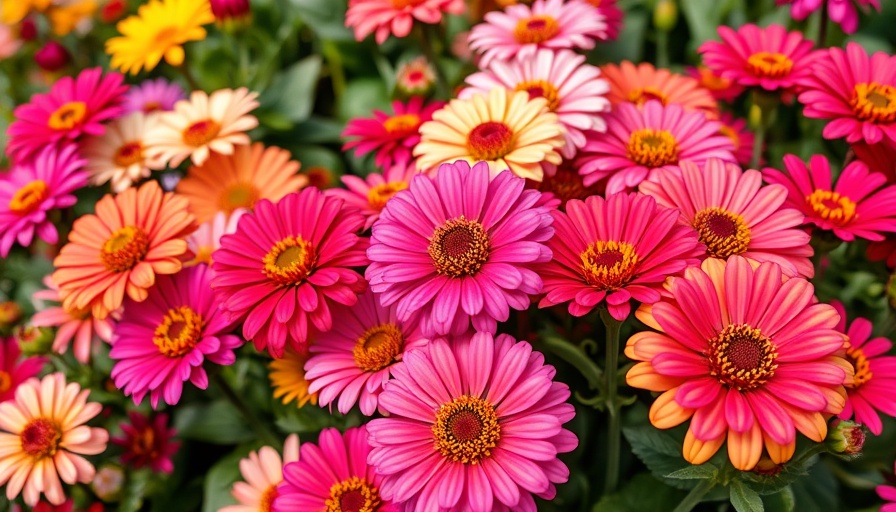
Understanding Heat Stress in Plants
As summer approaches and temperatures climb, our once-thriving gardens may face the risk of heat stress. Just as humans can experience discomfort during a heatwave, plants too have their own ways of displaying distress. Signs include wilting leaves, stunted growth, and even the premature dropping of blooms. Gardener awareness and proactive measures can transform a struggling summer landscape into a thriving haven.
Effective Watering Strategies
One of the pivotal elements in protecting plants from heat stress is the watering technique. It’s not just about quantity; timing and method are essential. Watering in the early morning or late evening minimizes evaporation rates and ensures maximum moisture retention in the soil. Deep watering is a best practice, encouraging roots to grow deep and seek water more effectively. Drip irrigation systems or soaker hoses are ideal, ensuring that water penetrates sufficiently into the soil, unlike overhead sprinklers that may waste precious resources in evaporation.
Avoiding the Overwatering Trap
While it may be tempting to drown thirsty-looking plants in water, overwatering can be as disastrous as not watering at all. Signs of heat stress can mimic those of underwatering — such as wilting leaves — making it crucial to check soil moisture levels before watering. Over-saturation can lead to root rot and fungal diseases, suffocating plant roots by depriving them of essential oxygen. Thus, balance is key; understand your plants’ needs, and listen to the soil.
Mulching: The Guard Against Heat
Incorporating mulch into your garden is another strategic measure in protecting plants from extreme temperatures. A thick layer of organic mulch acts as a barrier against heat, helping to insulate the roots of plants while retaining soil moisture. Materials like wood chips, straw, or even grass clippings can be fantastic choices. They not only protect your plants but also gradually enrich the soil as they decompose. This consideration not only helps your plants thrive under stressful conditions but also promotes healthier soil overall.
Creating Shade: A Sanctuary from Sun
Implementing physical barriers to block intense sunlight can significantly aide in cooling down your plants. Shade structures, like patio umbrellas or shade sails, can create a protective area for vulnerable plants. Even simple items like bed sheets or old window screens can provide necessary coverage. This approach reduces direct sunlight exposure, especially during peak hours, allowing your garden to stay refreshed and nourished.
Choosing Heat-Resilient Varieties
One of the most forward-thinking strategies for coping with relentless summer heat is to incorporate heat-tolerant plants into your garden. Select varieties that thrive in hot, dry conditions, such as zinnias or sedums. These plants not only endure higher temperatures but also often require less water than traditional varieties, making them ideal choices for sustainable gardening.
Embracing the Community: Sharing Gardening Experiences
Gardening, especially during harsher seasonal shifts, can be a community-driven activity. Engage with fellow gardeners in your neighborhood or online to share tips and successes in navigating the challenges of heat stress. Not only does this create a sense of camaraderie, but it also enriches individual knowledge and fosters a support network for troubleshooting common problems.
Conclusion: Actionable Insights for Abundant Gardens
As the season flourishes, empowering yourself with knowledge about garden care in extreme heat cultivates resilience not just in your plants, but within your gardening spirit as well. The practices of proper watering, effective mulching, embracing heat-tolerant plant varieties, and engaging with community support can transform your garden from a parched landscape back into a vibrant oasis. So step out this summer — nurture your garden and relish in the bountiful beauty that it can offer, no matter the heat!
 Add Row
Add Row  Add
Add 




Write A Comment